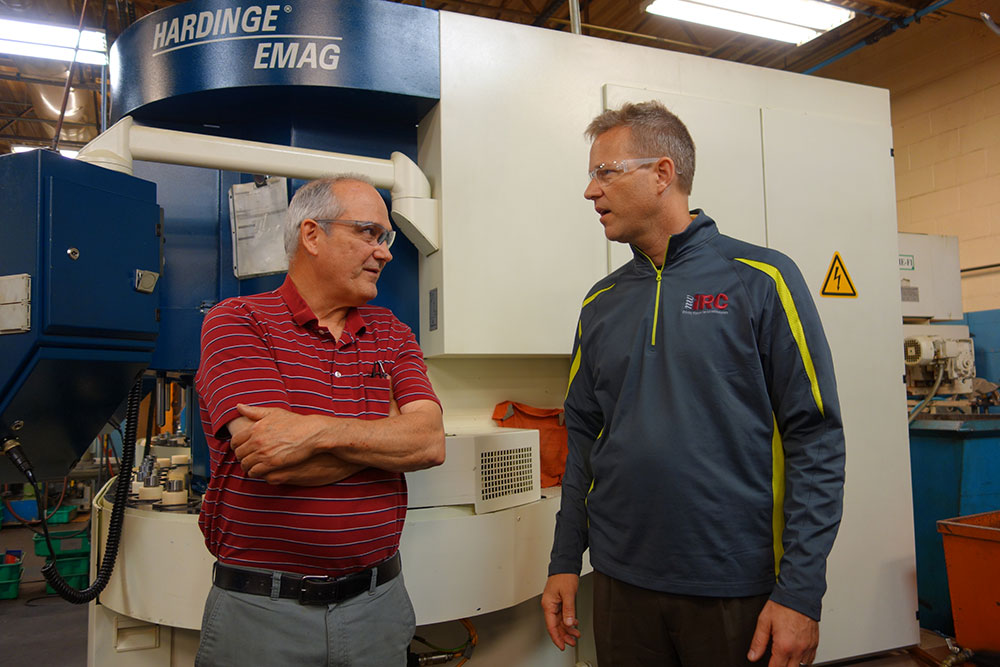
April 9, 2019
By Buckley Brinkman
It has been nearly six decades since the first industrial robots rolled on to a General Motors assembly line in Trenton, New Jersey. Today, a new generation of collaborative robots is changing how the manufacturing sector operates. These semi-intelligent machines are driving growth and improving efficiency not only for the GMs of the world, but also for small and medium-sized manufacturers (SMMs) as well.
According to the Robotics Industries Association, a collaborative robot, also known as a cobot, is specifically designed to work directly with humans, side-by-side, within a defined collaborative workspace. Most weigh under 80 pounds and take up mere inches of space. Cobots free employees from tedious, repetitive activities so they can focus on tasks that require more advanced skills. Specifically, collaborative robots can be quickly programmed to streamline such tasks as:
Robotic technologies have never been more accessible. Collaborative robots are enabling SMMs to compete against their deeper-pocketed counterparts. Increasingly, forward-thinking SMMs are using collaborative robotic technology as a formidable ally to help level the playing field.
According to Dan Ignasiak, president of South Erie Manufacturing Company (SEPCO), a small company with 35 employees that specializes in machined metal components for the transportation industry, “This kind of technology will attract more young people into manufacturing. And if our company didn’t keep up with technology, I figure we’d be out of business in less than 10 years due to the advancing nature of the industry.”
For every SMM integrating robotic technologies into their operations, I see many more missing an opportunity to accelerate business as they cling to common misconceptions about this new generation of automation. These myths include:
Beyond the myths, one thing is very clear, collaborative robots give SMMs an important competitive edge. They are good for business, good for manufacturing workers and good for the U.S. economy.
To learn more about collaborative robots visit the Manufacturing Extension Partnership National Network at https://www.nist.gov/mep/mep-national-network.
 About Buckley Brinkman
About Buckley Brinkman
Buckley Brinkman is the Executive Director/CEO of the Wisconsin Center for Manufacturing and Productivity (WCMP). He is also a representative for the MEP National Network a unique public-private partnership that delivers comprehensive, proven solutions to U.S. manufacturers, fueling growth and advancing U.S. manufacturing.
In this episode, I sat down with Beejan Giga, Director | Partner and Caleb Emerson, Senior Results Manager at Carpedia International. We discussed the insights behind their recent Industry Today article, “Thinking Three Moves Ahead” and together we explored how manufacturers can plan more strategically, align with their suppliers, and build the operational discipline needed to support intentional, sustainable growth. It was a conversation packed with practical perspectives on navigating a fast-changing industry landscape.